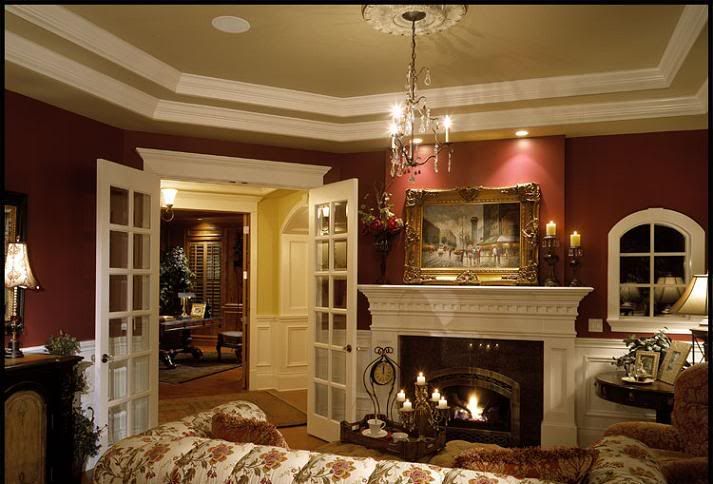Illustration: Nineteenth century macrame border fringe design
Macrame is a form of knot work that although not strictly considered to be lace itself, is related to that discipline and was sometimes in the past known as macrame lace.
The name macrame originally comes from the Arabic migrameh which is said to denote ornamental fringe. It was used effectively in the Islamic world and is said to have originated from weavers in the thirteenth century, who got into the habit of tidying up the stray warp and weft threads of woven fabrics by tying knots that soon became more ornamental than practical in fashion. Eventually the technique progressed to such an extent that it became separated from the weaving entirely so as to become an independent craft in its own right. This form of hand knotted fringe and trimming work proved to be particularly effective and popular.
Illustration: Nineteenth century macrame border fringe with picots design
It is thought that macrame entered Europe via Islamic Spain and it is this country that the rest of Europe tended to identify with the early stages and origins of the craft. In Europe itself, macrame was often used as a decorative finish for ecclesiastical vestments and interior fabrics. However, it was also used domestically for both interiors and costume.
The process of macrame is produced by using the fingers to tightly tie short ends of thread, either horizontally or vertically. By interweaving these knots a range of decorative pattern work can be achieved. Usually because of its nature, geometrical type pattern work is best suited as any other type or style is very difficult to achieve because of the nature of the knotting process. However, macrame is incredibly durable and versatile. Because of the variation in thickness of thread used, from near rope to silk thread, the effect can extremely wide ranging. In this respect macrame has been used for fringe and border work throughout the whole spectrum of textiles, with heavier work being produced for interior accessories, while much finer work tended to be used in fashion.
Illustration: Nineteenth century macrame border fringe with pointed scallops & large tassels design
The Victorians were particularly taken by the craft of macrame and many specific books and guides were published throughout the era in order to both teach the fundamentals and also the more complex skills associated with the craft. As the Victorians were keen on all forms of embellishment, including trimming and fringing, the craft was obviously well suited to the era and many homes would have seemed bereft without some form of macrame craft work.
In the 1970s with a full blown craft revival in all its forms, macrame made a temporary but wide-ranging come back. A number of bright and breezy books and guides were published, many of them trying to reflect the seeming diversity and variety of macrame. However, the amateur craft tradition of this particular era did not last into the 1980s and today macrame, though still practised by some, is not considered a particularly popular textile craft. However, with yet another amateur textile craft revival taking place, macrame could well see yet another revival.
Illustration: Nineteenth century macrame border fringe design
Illustration: Nineteenth century macrame border fringe design
How to macrame site
Free macrame patterns site
You Tube macrame videos
The dictionary of needlework;: An encyclopaedia of artistic, plain, and fancy needlework
The Macrame Book
Magnificent macrame
The New Macrame: Contemporary Knotted Jewelry and Accessories
Macrame: The Art of Creative Knotting
Step-By-Step Macrame: A Complete Introduction to the Craft of Creative Knotting
Decorative Knot Craft: Over 20 Innovative Knotting And Macrame Accessories
Art of Macrame
Macrame: Creative Knot-Tying























No comments:
Post a Comment